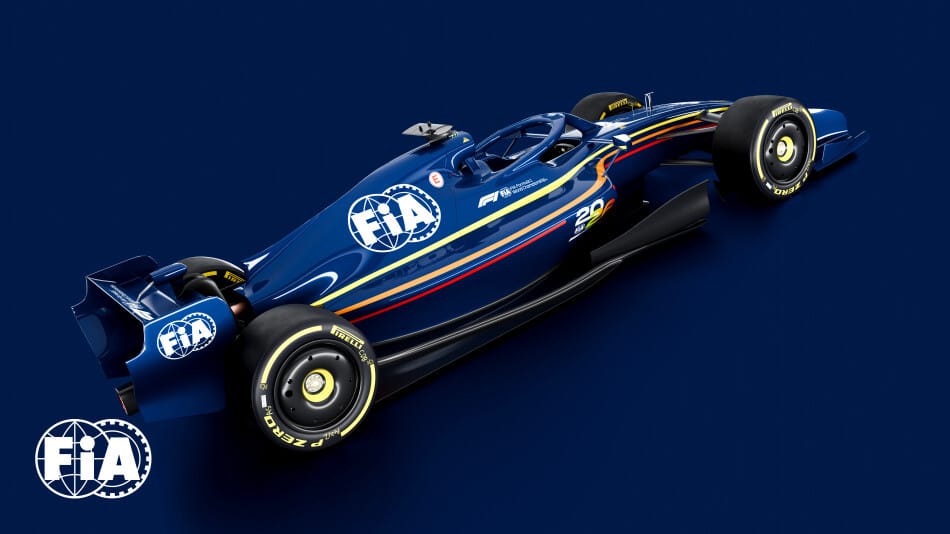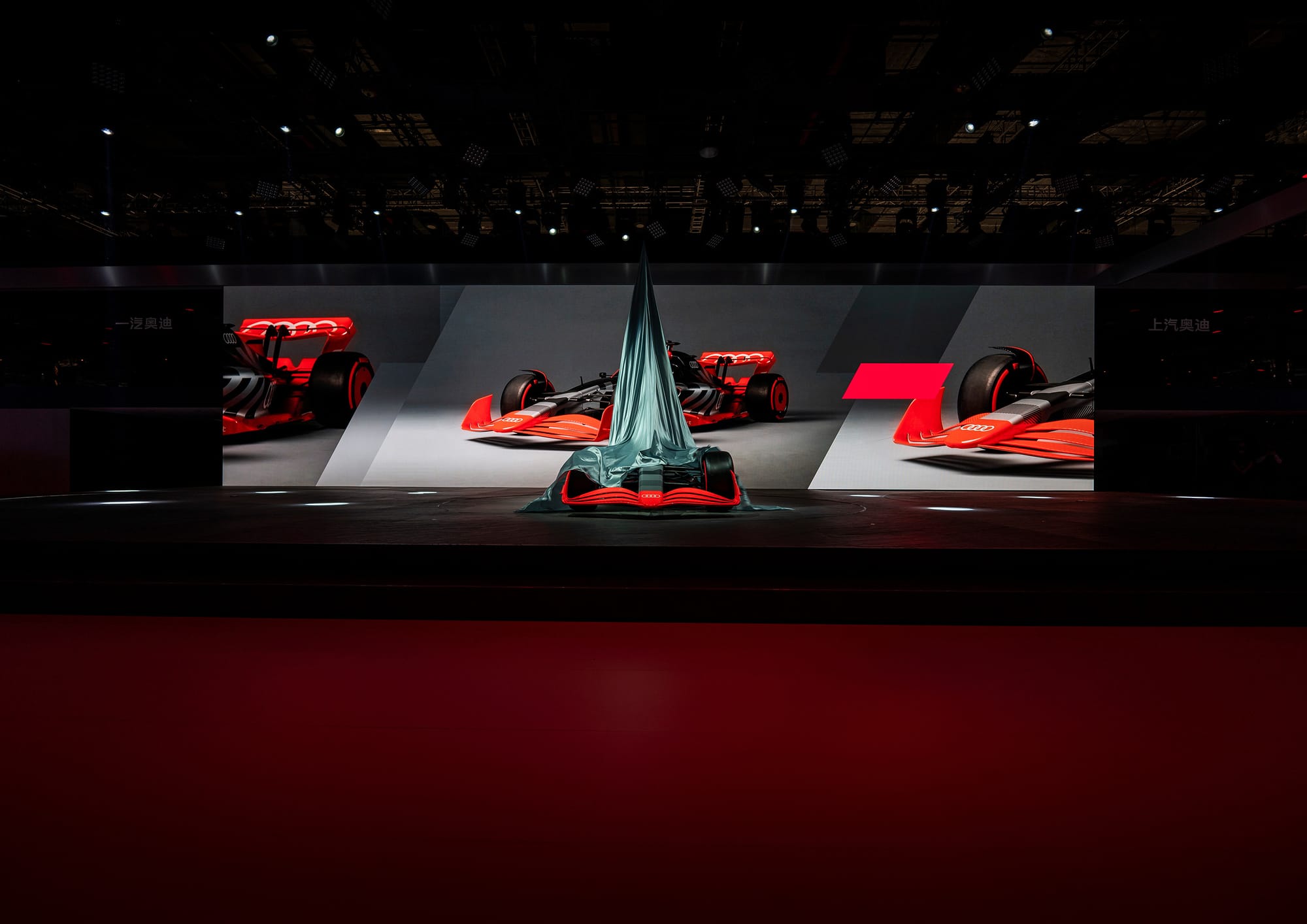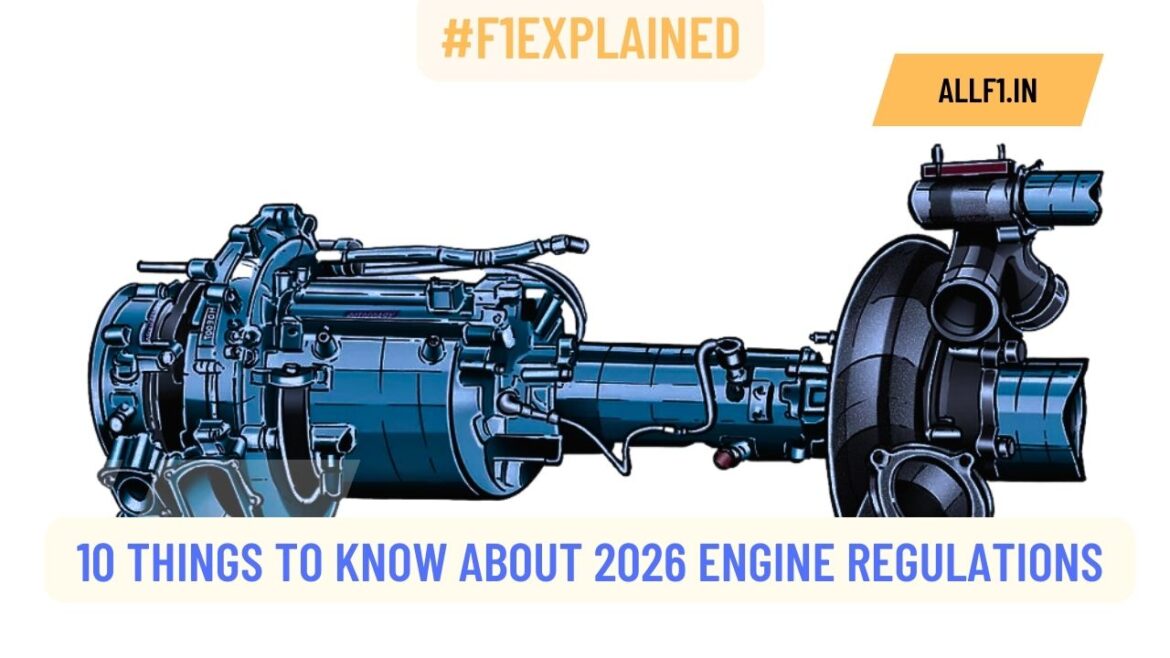In the high-stakes, hyper-advanced world of Formula 1, the future is supposed to be a relentless march forward. It’s a world of ever-finer aerodynamic tolerances, bleeding-edge material science, and power units so complex they boggle the mind. The script for the next chapter was already written: a bold new era of 50% electric, sustainably-fueled turbo-hybrid engines set to debut in 2026. This was F1’s commitment to relevance, a nod to the automotive industry’s electric revolution. But in a stunning, almost unthinkable turn of events, the future is suddenly on hold. A ghost from the past has been resurrected, and its thunderous voice threatens to shatter the carefully laid plans. The V10 is calling, and Formula 1 is listening.

Just over a year away from this proclaimed new dawn, the paddock is consumed by a seismic debate that could redefine the sport for the next decade. The very regulations designed to secure F1’s future and attract new automotive giants are now being questioned, with a powerful faction pushing to scrap them in favor of something far more visceral, far more primal: the screaming, naturally aspirated V8 or V10 engines that fans still speak of with a reverent hush.
The idea sounds like a fan’s nostalgic fantasy, but it has gained shocking momentum within the highest echelons of power. The FIA, the sport’s governing body, has officially launched a working group to evaluate the feasibility of bringing back simpler, louder, and cheaper engines as early as 2028. This isn’t just a quiet suggestion; it’s a full-blown internal crisis, pitting manufacturer against manufacturer and tradition against progress in a battle for the soul of Formula 1. How did we get here? How did a future that seemed so certain suddenly become so fragile?
To understand the current chaos, one must revisit the logic behind the 2026 regulations. Announced in 2022, their primary goal was survival. The incredibly complex MGU-H component of the current turbo-hybrids—a device that recovers energy from exhaust gases—was a barrier to entry for new manufacturers. It was expensive, difficult to master, and largely irrelevant to road car technology. By ditching the MGU-H and splitting the power output evenly between the internal combustion engine and the battery, F1 created a more appealing formula. It was a masterstroke of diplomacy, successfully luring the Volkswagen Group’s Audi into the sport for the first time and convincing Honda to recommit after its planned departure. The future, it seemed, was secure.

But as teams delved deeper into the simulations, a chilling reality began to emerge. The new power units had a critical flaw. Without the MGU-H to consistently generate electrical energy, the cars were projected to suffer from dramatic power starvation on long straights as the battery depleted. Drivers would have massive power available from the electric motor initially, but it would quickly drain, leaving them vulnerable. This created the absurd prospect of cars hitting an invisible wall of performance midway through a straight, forcing awkward driving lines and potentially creating dangerous speed differentials.
The solution was a series of frantic, complicated compromises in the chassis regulations. To counteract the power unit’s deficiencies, the cars had to become incredibly slippery, shedding drag at all costs. This led to the introduction of “active aerodynamics,” with movable front and rear wings that would flatten on the straights—a complex and expensive solution to a problem created by the engine formula itself. The cars were becoming technological behemoths, not out of a pure desire for speed, but as a band-aid for a flawed core concept. The cost, complexity, and unintended consequences were beginning to spiral.
The seeds of rebellion were sown. The spark that ignited the flame came from an unlikely source: a moment of pure, unadulterated nostalgia. When four-time world champion Sebastian Vettel took to the track in a 1992 Williams FW14B, powered by its original V10 engine running on fully sustainable, carbon-neutral fuel, it was more than just a demonstration. It was a powerful statement. The sound—a piercing, high-pitched scream that echoed through the hearts of everyone present—was a stark reminder of what the sport had lost in its quest for hybrid efficiency. It proved that sustainability and soul-stirring noise were not mutually exclusive.
That demonstration resonated deeply. Soon after, at a pivotal F1 Commission meeting, the legendary and often controversial former F1 supremo Bernie Ecclestone reportedly made a direct appeal to bring back the V10s. The idea, once dismissed as fantasy, was now being discussed in the corridors of power. FIA President Mohammed Ben Sulayem, sensing a shift in the tide, publicly endorsed an evaluation. The genie was out of the bottle.

For proponents, the arguments for a return to V8s or V10s are compelling and multi-faceted. First and foremost is the spectacle. The sound of modern F1 cars, while technologically impressive, is a muted whir compared to the raw, visceral symphony of their predecessors. A return to louder engines would be an instant, undeniable win for the fan experience.
Beyond the noise, there is the crucial matter of cost. The development of the 2026 turbo-hybrids is an immensely expensive undertaking. A simpler, naturally aspirated engine would slash development budgets, making the sport more financially sustainable and potentially attracting new, independent engine manufacturers like Cosworth back into the fold. This would break the stranglehold of the major automotive giants and foster a healthier, more diverse ecosystem. Furthermore, ditching the heavy hybrid systems would significantly reduce the weight of the cars, which have become increasingly bloated and less nimble over the years, a common complaint among drivers.
However, this proposed U-turn has created a political firestorm. Audi, which committed its future and a massive budget to F1 specifically because of the 2026 hybrid rules, is now in an impossible position. To have the rug pulled out from under them would be a monumental betrayal and could force them to reconsider their entire project. On the other side of the garage, teams like Red Bull and Ferrari are reportedly in favor of a change, seeing the cost-saving benefits and the appeal of a more straightforward engineering challenge. Mercedes, the dominant force of the hybrid era, has remained cautiously open to discussion, stating they will support whatever is best for the sport’s future.
The FIA now finds itself navigating a minefield. It must decide between two starkly different futures. Does it stick with the 2026 plan, honoring its commitment to Audi and the hybrid path, despite the known flaws and exorbitant costs? Or does it pivot, risking the wrath of a major manufacturer to pursue a cheaper, louder, and arguably more exciting formula that could secure the sport’s long-term health?
While the most radical option—scrapping the 2026 rules entirely and rolling over the current cars for two more seasons—is highly unlikely due to the need for unanimous team agreement, the debate over what comes after 2026 is very real. The working group is currently weighing its options, with a V8 being considered a more pragmatic choice than a V10, as it aligns better with some road car technology and is simpler to design. The discussions are complex, involving questions of turbocharging and the potential inclusion of a smaller, simpler kinetic energy recovery system.
Formula 1 stands at a crossroads, a moment of profound identity crisis. For years, it has tried to serve two masters: the demands of cutting-edge, road-relevant technology and the primal, emotional appeal of pure racing. The 2026 regulations were the ultimate attempt to bridge that gap. But with the potential return of the V10, the sport is being forced to ask itself a fundamental question: what is its true purpose? Is it a testbed for the future of the automobile, or is it the pinnacle of visceral, heart-pounding spectacle? The answer will determine the sound, the speed, and the very soul of Formula 1 for a generation to come.
News
Die Welt hat sich weitergedreht: Marie Fredriksson rechnet leise ab – 5 Stars, die sie im Stich ließen.
Der Klang von Roxette war der Soundtrack einer ganzen Generation. Mit Hits wie „It Must Have Been Love“ und „The…
Conny Froboess: Die bittere Wahrheit hinter der Traumkarriere – Im Alter trägt sie eine unheilbare Wunde.
Der Name Conny Froboess ist in Deutschland untrennbar mit einem Gefühl von Leichtigkeit und sonnigen Kindertagen verbunden. Wenn ihr größter…
DER WACKELDACKEL DER REPUBLIK: WIE MERZ’ „HERBST DER REFORMEN“ IN EINER EISZEIT DER STARRE ENDETE UND UNSERE ZUKUNFT VERPFÄNDET WIRD
Einbruch in die politische Wirklichkeit: Die bittere Bilanz nach dem Versprechen des Aufbruchs Mit großen Versprechungen begann die Zeit, die…
Bommes’ Nerven liegen blank: Unerwarteter Eklat in der letzten Folge von „Gefragt – Gejagt“ schockt die Fans
Ein Augenblick, der das harmonische Ende einer Quiz-Saison sprengte. Ausgerechnet in der vorerst letzten Ausgabe der erfolgreichen ARD-Show „Gefragt –…
Herzschlag-Finale in der Scheune: Friedrich und Laura trotzen dem TV-Kitsch mit dem ehrlichsten Liebesbeweis der Staffel
Der leise Moment, der lauter spricht als jede große Inszenierung Es war der Moment, auf den Millionen von Zuschauern der…
Kai Pflaume bricht sein Schweigen: Das 30-Jahre-Geheimnis hinter Deutschlands Vorzeige-Ehe und warum seine Ilke sein wichtigstes Korrektiv ist
Die deutsche Fernsehlandschaft hat viele Gesichter, aber nur wenige sind so konstant, so sympathisch und so untrennbar mit dem Gefühl…
End of content
No more pages to load












